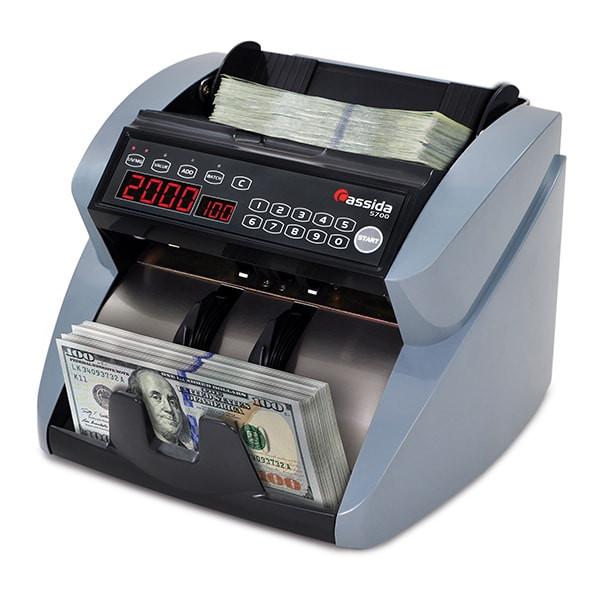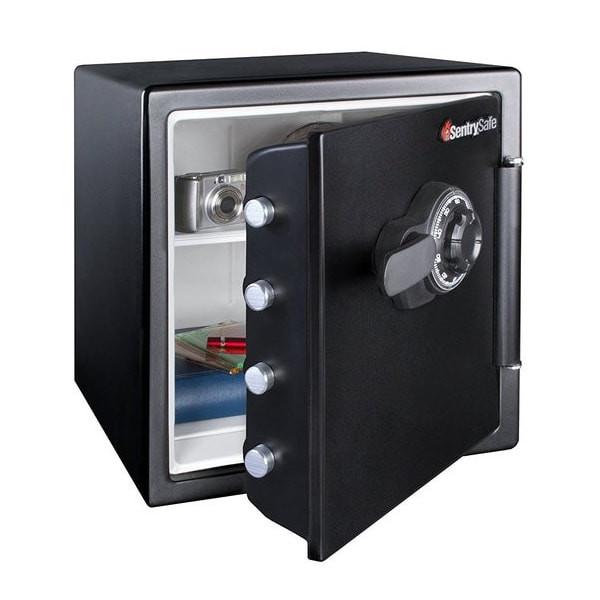How Tech Changes the Offline Retail Industry

Retail has become one of the largest American industries. According to Select USA, the retail sector employs more than 27 million people across the country. The industry was expected to grow by $5 trillion by 2017, making it one of the fastest-growing industries in the United States.
This increased growth relies on technology, even for those that have not fully transitioned online. Tech tools allow retail companies to increase their level of efficiency and their revenues. Here we’ll explore some ways that technology has changed the offline retail industry.
Improving Customer Experience
User experience (UX) is not only considered in e-commerce, traditional retail stores also aim to provide customers with a seamless shopping experience.
One of the leading forms of UX used in retail stores is the customer experience center. It provides customers with an incredible digital experience in-store. Big companies like IKEA are implementing these systems already and receiving excellent outcomes, so imagine what this could do for a smaller retail company.
Augmented Shopping
Augmented reality (AR) technology is present in most industries, and the retail offline retail sector is no exception. AR can significantly improve the shopping experience for customers and it increases brand engagement. Many people prefer to visit stores that offer AR-driven experiences compared to other retailers. Last year, Gartner predicted that 100 million customers would expect to use AR in their shopping experience. This was indeed true, and the prediction was pretty accurate.
The COVID-19 situation accelerated the utilization of AR technology because customers are no longer able to try on clothes due to safety measures to prevent infections. Instead, retailers now use an AR Software that allows customers to see how those clothes would look on them. Companies like Lacoste and American Apparel are already using this trend. Amazon and IKEA have applied the use of AR technology in their catalogs to give users a brief look at how furniture would look like in a specific area at home.
Data-Driven Recommendations
Today, hyper-personalization is the most vital factor to offer clients a seamless shopping experience. To achieve this, companies need to have a vast amount of data from their customers. Data science and machine learning help customers find exactly what they’re looking for. And this isn’t only for online stores, physical locations also get to offer this service.
The Alibaba Group recently created a great tool called Fashion AI, that provides clients with recommendations as they move inside the store. This way, customers can find items that fit their tastes. The experts are saying that this trend will allow customers choose what they’re looking for without the help of a retail employee.
There’s More Influence on Social Media

Digital Marketing is one of the most significant steps to increase sales. These days, most retail company activities rely on digital marketing, but there’s one aspect that’s getting more attention than others: social media.
Before, we used to think that search engine optimization (SEO) was the only way to get sales for a retail company, especially if it was an e-commerce one. Although SEO is still an important part of digital marketing, users are shopping more through social media like Instagram or Facebook rather than retailer websites.
Self-Checkout
Due to the coronavirus situation, customers started to demand fewer employees in physical stores to reduce the chance of transmitting COVID-19. This way, they can reduce the spread of the virus, and it’s a more efficient shopping experience.
Amazon’s cashier-less system, Just Walk Out, allows customers to buy without the need for a regular cashier. The system works this way: consumers will walk across the store and get the items they want to buy. An internet of things (IoT) driven system will keep track of their purchases, and after they’re done, they’ll pay with their credit cards without having to interact with a cashier.
For customers using cash, Cashiers can still use automatic counterfeit detector machines to check their bills quickly and protect their stores from fake bills.
Automation
In the future, automation will take over, and most of the jobs we know today might not be so necessary. Tasks like janitorial services, delivery, or inventory are things that could be quickly done by a robot. That’s why robotics is becoming so in-demand.
Robots and AI-driven systems allow retailers to cut expenses they’d use on employees. Aerial drones with computer vision can scan shelves and keep track of the inventory. And these are only some of the most amazing things you could do with technology in a retail company, but there is so much more.




Leave a comment